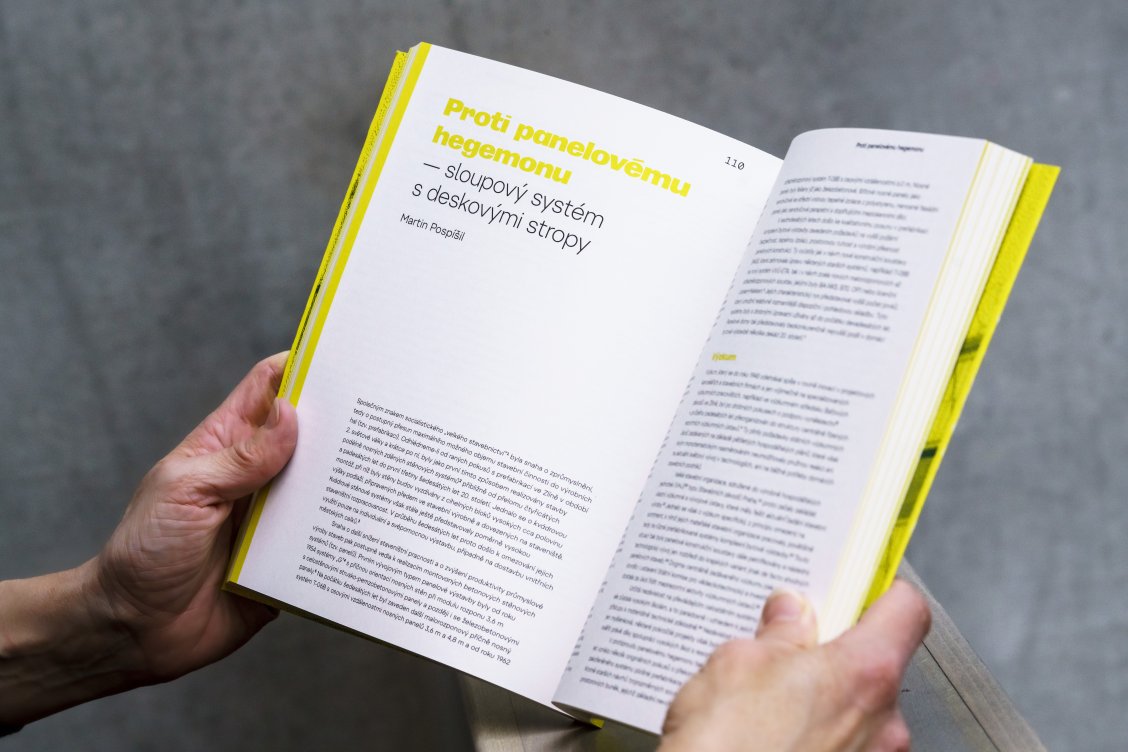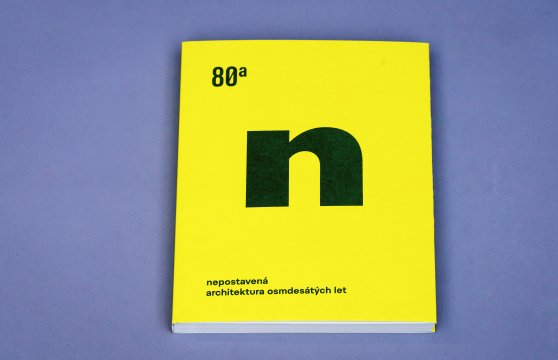Unbuilt architecture often gives a very eloquent statement about its time, says prof. Petr Vorlík about the new book
7/1/2021

Among the projects presented, the reader finds serious long-term visions of the modern city, bold technological or expression experiments, alternative provocations, or artistic interventions in the public space. Many published proposals were, by their nature, doomed to be unrealised, often not even envisaged by the authors, but this does not detract from their power. They were united by a will to transcend the boundaries of standardisation practice, to stimulate debate and to shift architecture towards a more human and responsible approach.
In the book's ten chapters, it is possible to find both studies from the backgrounds of the design or research institutes, which originated from an official assignment, and the results of individual efforts by architects, or even slightly unofficial "underground" activities. Never-built projects thus offer, in many ways, even a more eloquent account of the time than projects undertaken. For they reveal dreams of a better future, they provoke, they inspire. “If we want to better understand our architecture of the 1980s, then we must not overlook the very unrealized visions that show efforts to rethink the creation of the environment and find more room for maneuver within the machinery of centrally controlled construction,” explained the editors Petr Vorlík and Klara Brůhová from the Department of Theory and Architectural History of the Faculty of Architecture of the CTU in Prague.
The book follows the current events in three entities. In the first three chapters, it maps reactions to the fading modernist ideas of the 1950s and 1960s, respectively, and to their flattening in an era of normalization. Alternative activities and proposals of this kind sought to correct the devastation inputs, such as technocratic concepts of transport or demolition and contextual new-builds, into urban centers.
In the second block of the book, the authors follow the quest for a more socially and environmentally responsible residential environment. They describe experimental projects of research sites that in the 1970s and 1980s sought more human, urban forms of architectural sets – in terms of their urban design, location in landscapes or cities, as well as in terms of greater flexibility of internal layouts and construction technologies.
The last three chapters present visions that consciously exceeded the time limits and looked to a different, better future, even at the cost of diverting to the alternate reality of so-called paper architecture. Pamphlets or drawer projects of this type were often created only for shows and exhibitions, or as private fantasy utopias of another, freer world. But the surprisingly broad possibilities of careful conceptual thinking about the interdependence of architecture and environment were also brought about in the 1980s by the theme of ecology and renewable energy sources, which also dovetailed into very concrete and serious architectural intentions of various measures.
The book is a loose follow-up to the publication of the (a)type / architecture of the 1980s, published in 2019, which is devoted to realised projects and selected phenomena in architecture at the end of normalisation. The authors are also preparing a book of interviews with memorabilia, to be published in early 2021.
unbuilt / 1980s architecture
Editors: Petr Vorlík a Klára Brůhová
Authors of individual chapters: Jana Bukačová, Kateřina Čechová, Lenka Kužvartová, Tereza Poláčková, Martin Pospíšil a Martina Vicherková
Issued by the Czech Technical University in Prague, Faculty of Architecture, Prague 2020
191 pages
ISBN 978‑80‑01‑06734‑5
The book originated as an output of the 1980s Architecture project in the Czech Republic – Personality, Identity and Parallel Considerations against the background of normalization in the applied research and development program of the Ministry of Culture National and Cultural Identity – NAKI II.



